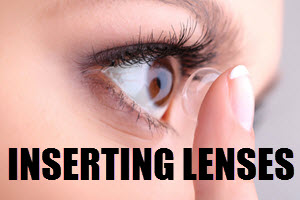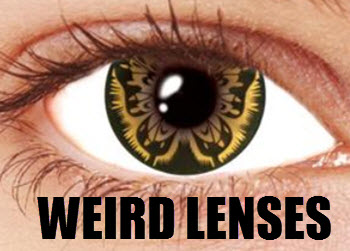The Cost of Decorative Eye Lenses
Decorative eye lenses, also referred to as cosmetic or fashion lenses, are primarily designed to alter the appearance of the eyes. They can transform the eyes’ color, pattern, or even impart a particular design. These lenses have gained popularity among individuals keen on enhancing their eye aesthetics without necessitating prescription lenses. However, there is a notable variance in the average cost of decorative eye lenses, which depends primarily on several factors.
Price Factors
The cost of decorative eye lenses is primarily dictated by the brand, lens type, and point of purchase. On average, it is possible to find decorative lenses ranging from $20 to $50 for standard designs. Nevertheless, opting for specialized designs or prestigious brands can substantially hike the price. High-end brands or limited edition designs often set consumers back by anywhere between $60 to upwards of $150 per pair. A pivotal consideration for consumers is the awareness of the quality of materials used in these lenses. This vigilance is crucial in safeguarding the health of one’s eyes.
Maintenance and Care of Decorative Eye Lenses
Proper maintenance and care of decorative eye lenses are indispensable to ensuring both the durability of the lenses and the health of the wearer’s eyes. Neglecting recommended care practices can pave the way to eye irritation or infections, posing significant health risks.
Proper Cleaning
A critical aspect of lens care is ensuring they are correctly cleaned after each use. Employing a sterile lens solution is paramount, and following the manufacturer’s instructions on the correct cleaning regimen is imperative. Under no circumstances should lenses be cleaned with water, saliva, or homemade solutions, as these can introduce harmful bacteria that may jeopardize eye health.
Storage
Correct storage of lenses is equally vital. When lenses are not in use, they should be stored in a clean lens case filled with a fresh contact lens solution. It is crucial that the lens solution is replaced each time the lenses are stored since using old solution can lead to contamination and, subsequently, infection or discomfort.
Handling Tips
Handling decorative lenses demands meticulous hygiene practices. Always wash hands thoroughly before handling lenses. Refrain from using lotions or oily substances on your hands prior to touching lenses. It is suggested that lenses be inserted before applying makeup and removed before cleansing the face. This precludes any makeup residue from contaminating the lenses, which could otherwise lead to irritation or infection.
Regular Eye Check-ups
Even if the lenses serve solely a cosmetic purpose, regular eye examinations with an eye care professional are highly recommended. Eye check-ups are instrumental in certifying that the lenses are appropriate for the eyes and have not incited any adverse reactions due to their use. Early detection of any potential issues can prevent long-term problems and ensure continued eye health.
Legal and Regulatory Considerations
Consumers must understand that decorative eye lenses are often classified as medical devices, thereby requiring careful distribution. In certain regions, selling lenses without a prescription may be illegal. Checking the legislation in one’s area about these devices can help avoid potential legal complications. By purchasing lenses from legitimate and authorized sellers, users can also safeguard themselves from counterfeit products that don’t adhere to safety standards.
Risks Associated with Improper Use
The appeal of changing eye color or pattern should not overshadow potential risks associated with improper lens use. Risks include corneal ulcers, abrasions, and even loss of vision in extreme cases. Many of these risks are preventable with proper adherence to care guidelines. Additionally, users should be vigilant about lens wear duration as overuse could compromise ocular health, culminating in severe complications.
Conclusion
Decorative eye lenses provide an engaging avenue to alter one’s appearance. However, understanding both the financial cost and the commitment to proper maintenance is indispensable for safe usage. Potential buyers should deliberate over these factors earnestly to make informed decisions about utilizing decorative eye lenses.
Further insights on the acquisition and maintenance of decorative lenses can often be found through eye care specialists. Additionally, it is advisable to procure lenses from reputable sources to ensure premium quality and the highest safety standards. Keeping abreast of evolving practices and guidelines concerning decorative lenses and their care will significantly enhance the user experience while furnishing peace of mind regarding eye health. Understanding all aspects of decorative lenses, from cost to care, ensures that users embrace these accessories without compromising their most precious sensory organ.



 Cosmetic contact lenses
Cosmetic contact lenses